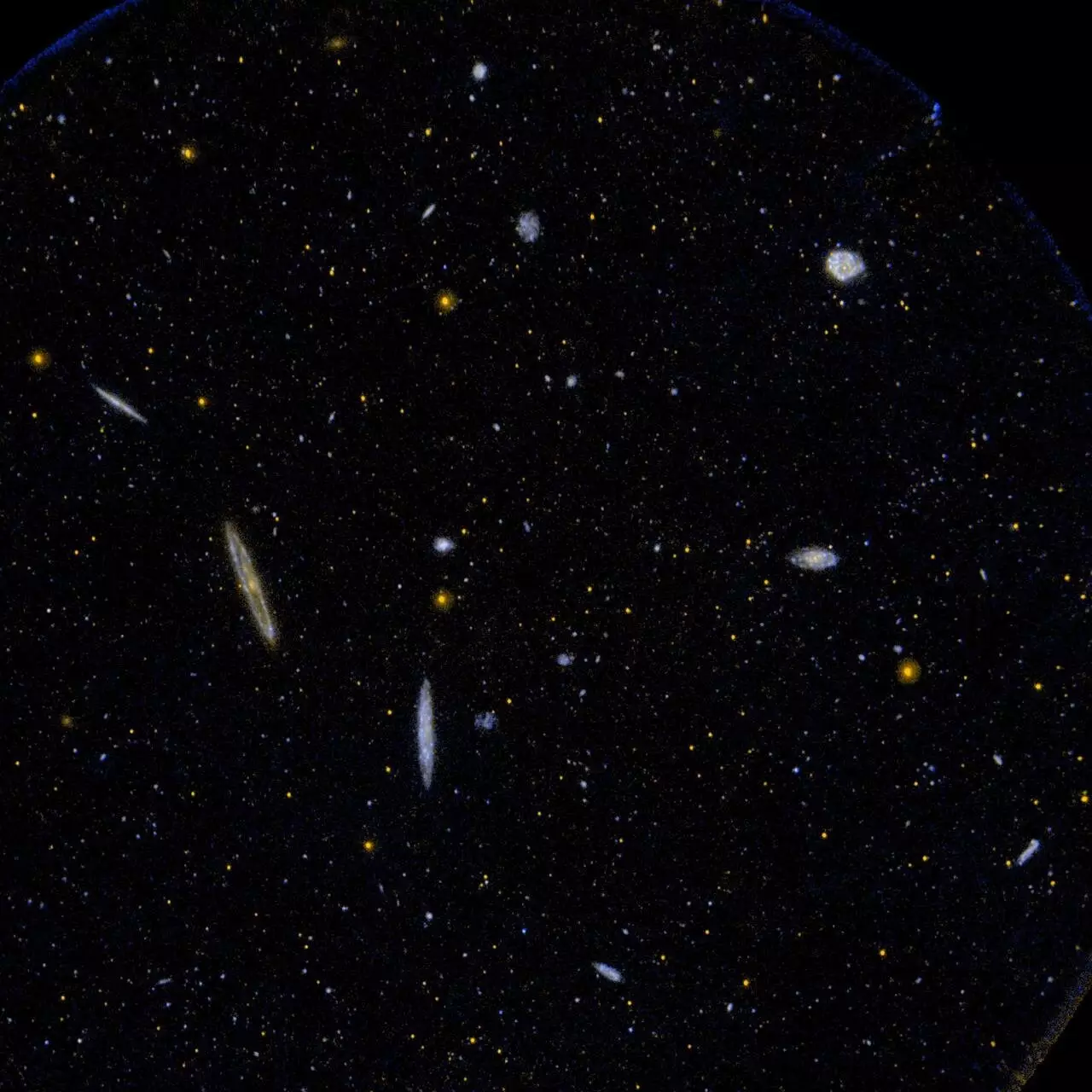Recent findings in cosmology have sparked crucial discussions about the fundamental principles that govern our understanding of the universe. A study conducted by researchers from Southern Methodist University (SMU) and three other institutions raises a pivotal question: Are the underpinnings of modern physics adequate for explaining the universe’s complexities? The insights gleaned from high-performance computing analysis suggest a need for a re-examination of the fundamental structures of physics, with potential implications for how the subject is taught at academic institutions globally.
The work is centered around data collected from the Dark Energy Spectroscopic Instrument (DESI), which is engaged in creating an extensive three-dimensional map of the cosmos. This tool has crystallized observations that contradict long-held assumptions regarding neutrinos—ubiquitous yet enigmatic particles. The nuances of these findings challenge traditional cosmic models and could potentially necessitate revisions to the existing Standard Model of particle physics.
Neutrinos, some of the lightest and most abundant particles in the universe, play a critical role in how matter aggregates on a cosmic scale. The findings from the DESI project indicate an unexpected behavior regarding neutrinos and their mass. Historically, it was presumed that massive neutrinos would impede matter clustering, thus leading to a more uniformly distributed matter field across the vast expanses of space. However, the new data suggest that the clustering of matter is, in fact, greater than anticipated.
This revelation is significant—it implies that instead of acting as a suppressor of matter density patterns, neutrinos may contribute to enhancing the complexity of cosmic structure. This paradigm shift mandates a deeper investigation into the dynamics of matter in relation to neutrinos. As Joel Meyers, a co-author of the study, highlighted, this puzzling behavior may indicate a flaw in current measurements or suggest the existence of new theoretical physics that lies beyond established frameworks.
The implications of these findings extend into the realm of theoretical physics and the framework within which we understand the universe. The Standard Model, which provides a robust explanation of particle interactions, stands on the brink of potentially needing significant revisions or enhancements. The researchers, including esteemed physicists from various institutions, explored multiple avenues for addressing the discrepancies observed in the data.
These explorations include minor adjustments to the Standard Model, the introduction of entirely new physical concepts, and the possibility of unidentified systematic errors affecting crucial measurements. Each scenario carries weighty implications for the future of physics, and extensive research is necessary to decipher the nuances behind these cosmic observations.
What lies ahead for cosmologists and physicists? The study has laid a groundwork for further inquiries that promise to delve deeper into the complexities of cosmic evolution. By addressing whether the unexpected clustering of matter has roots in measurement errors or whether it signals the onset of revolutionary physics, researchers could illuminate paths to new scientific frontiers.
Moreover, the relevance of understanding neutrino mass and behavior cannot be overstated. Harnessing deeper insights into these particles could reshape our comprehension of cosmic inflation, gravitational interactions, and even the fabric of spacetime itself. The journey through this uncharted territory will take time and may redefine educational approaches to physics, inviting the next generation of scientists to challenge established norms and foster innovative thinking.
The unexpected findings surrounding neutrino behavior signify a critical juncture in our grasp of cosmological principles. As physicists continue to unravel the intricate tapestry of the universe, the possibility of incorporating new physics into our lexicon not only underscores the ever-evolving nature of scientific understanding but also invigorates the pursuit of knowledge. The future of physics education may very well hinge upon how well we adapt our teachings in light of these revelations, pushing students to embrace complexity and foster a spirit of inquiry that could lead to breakthroughs in our understanding of reality itself.


Leave a Reply